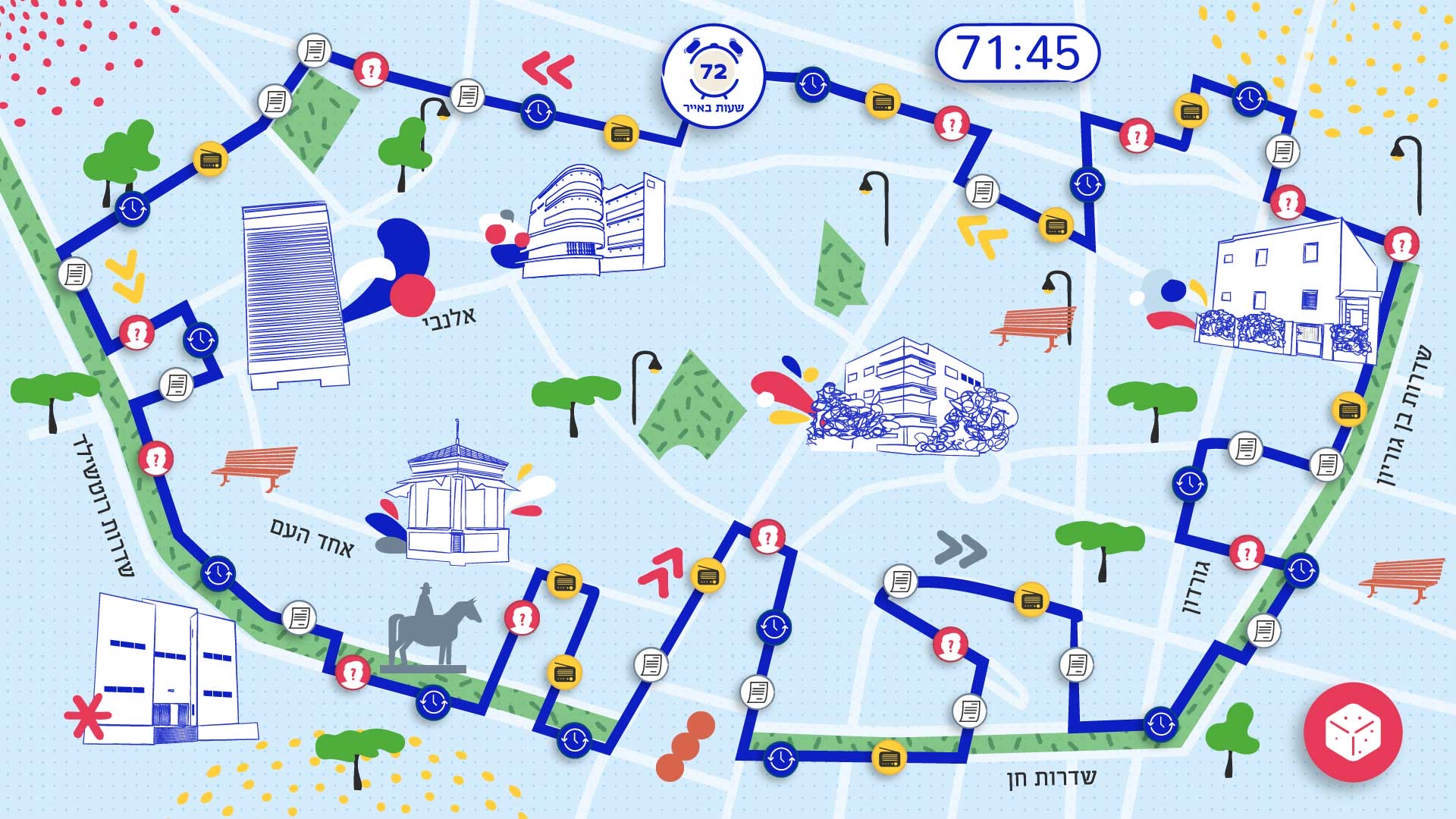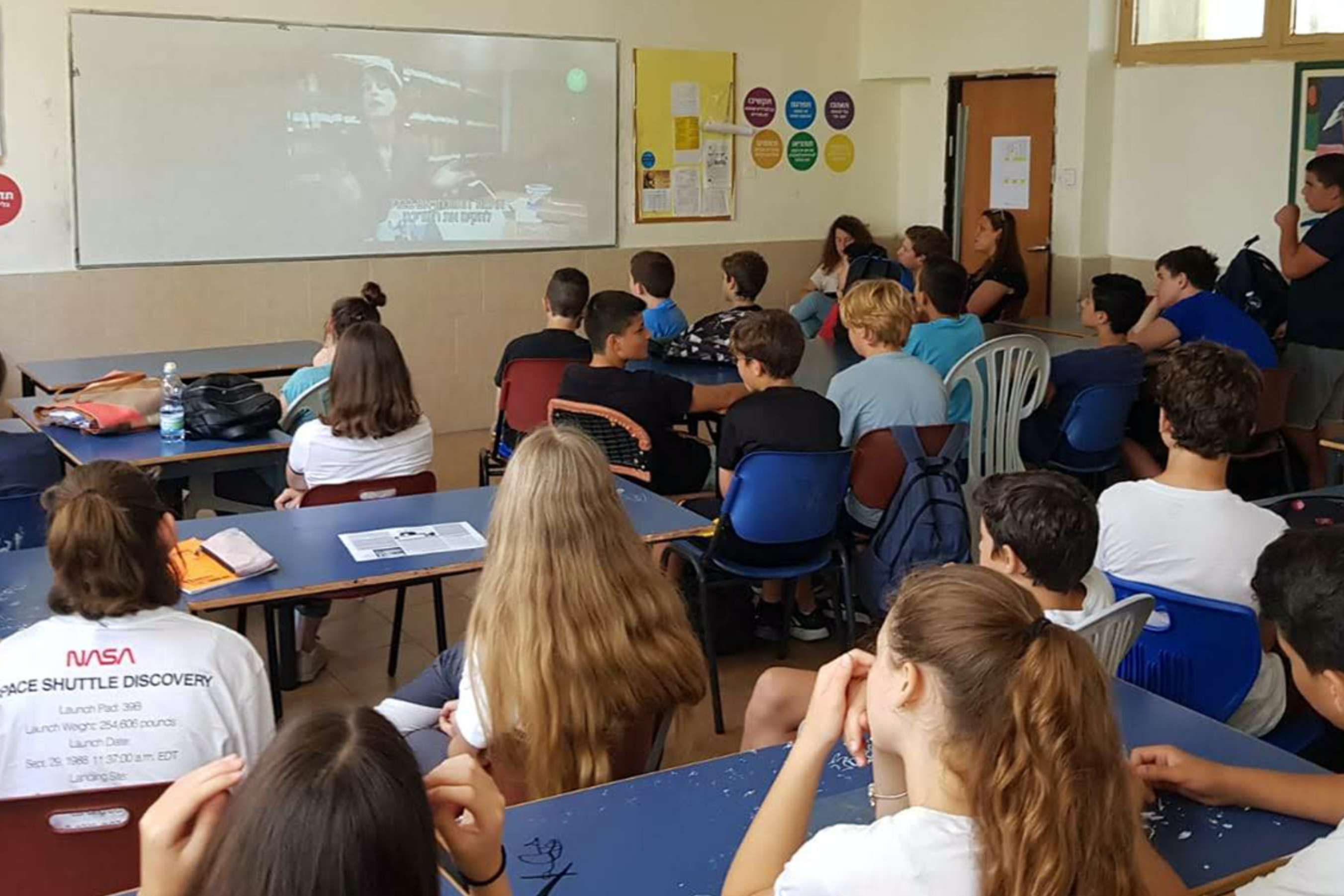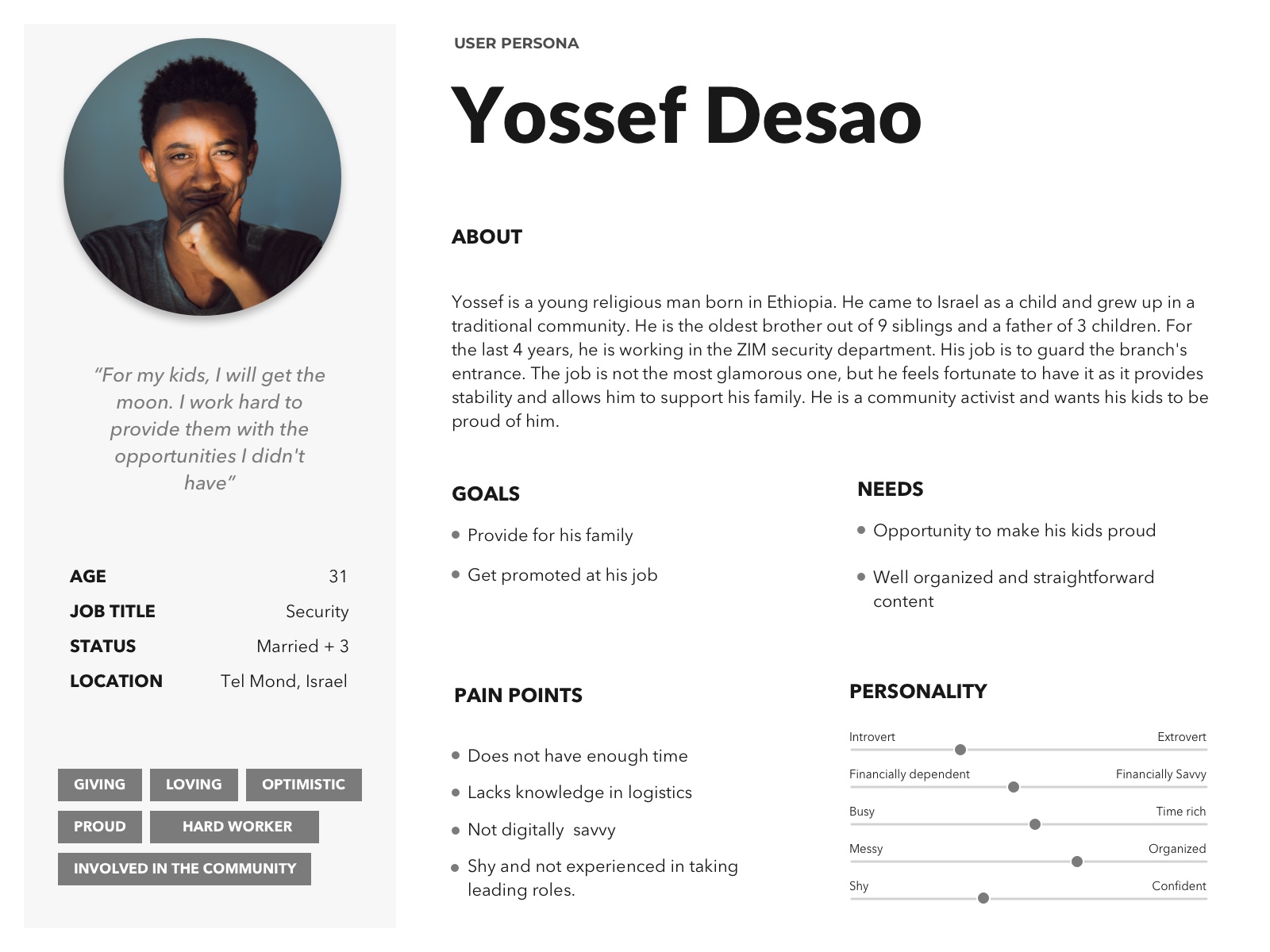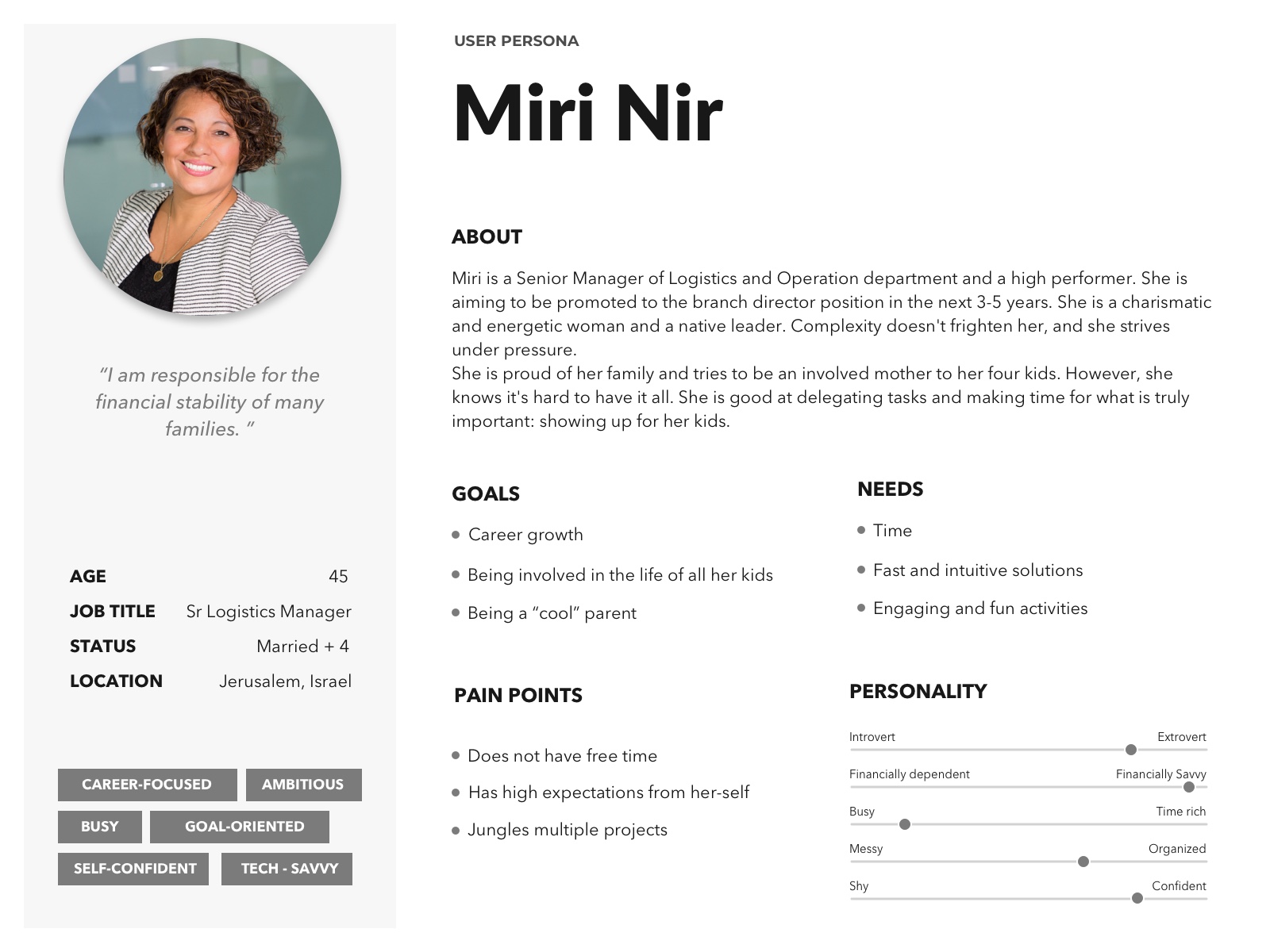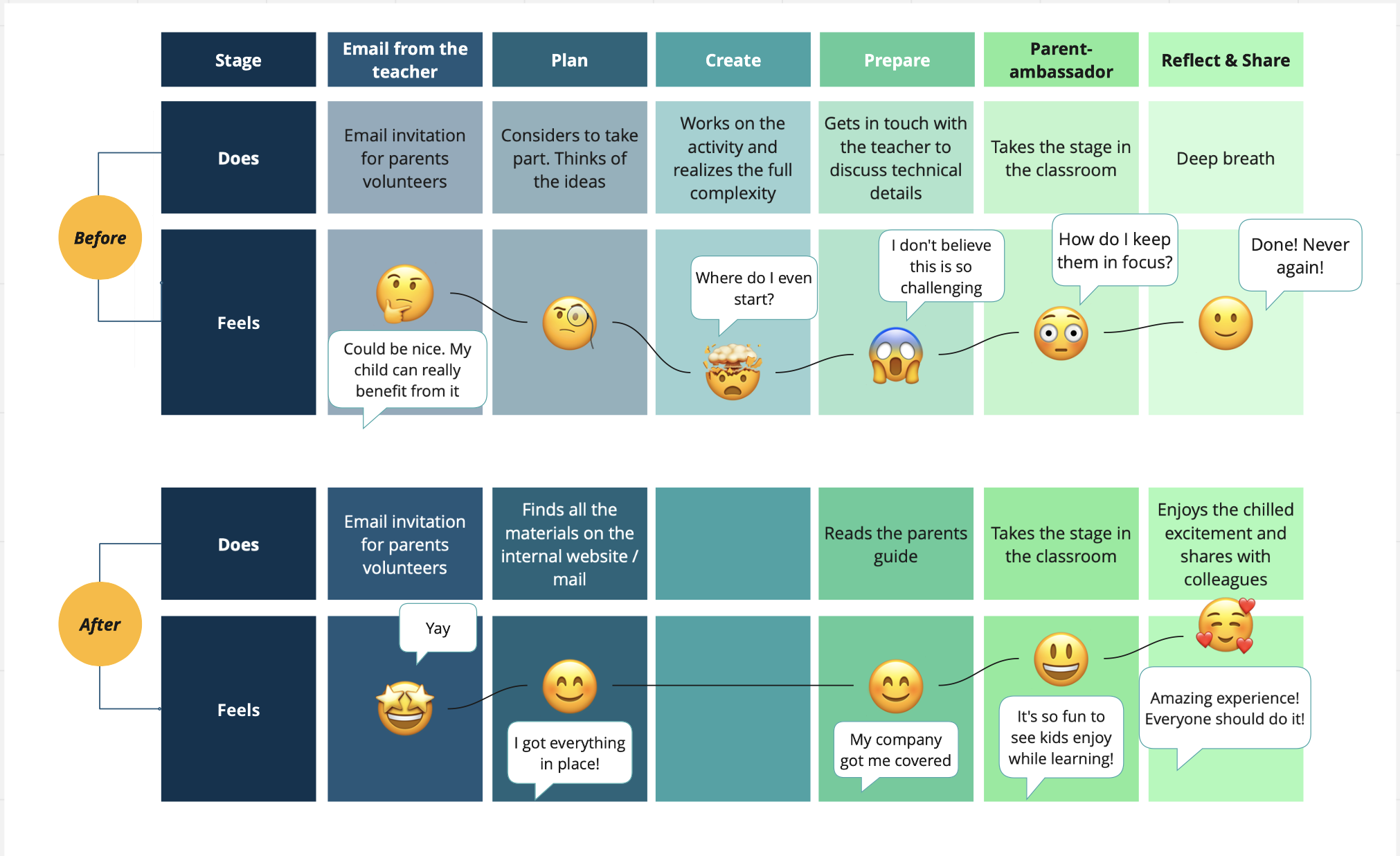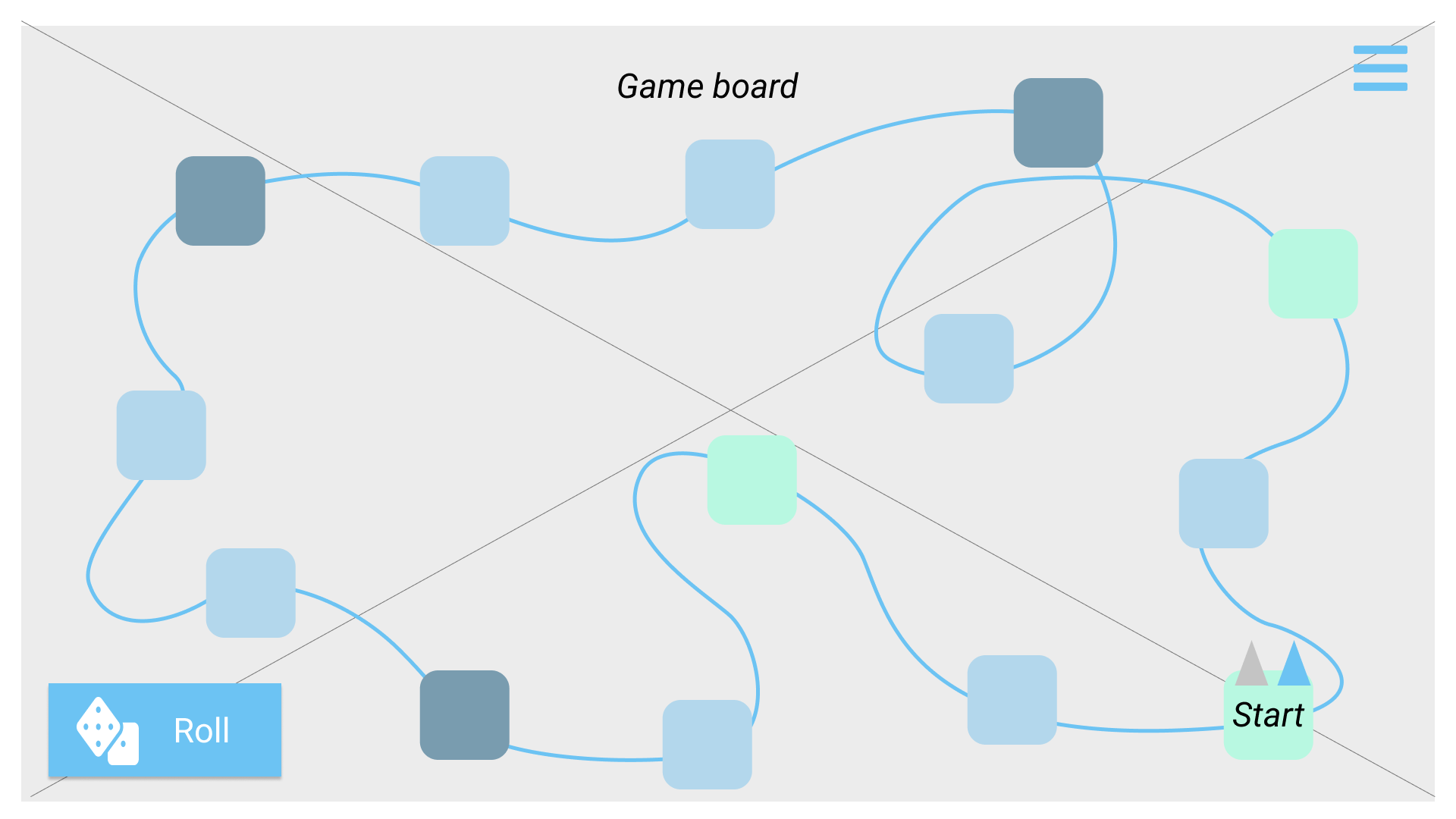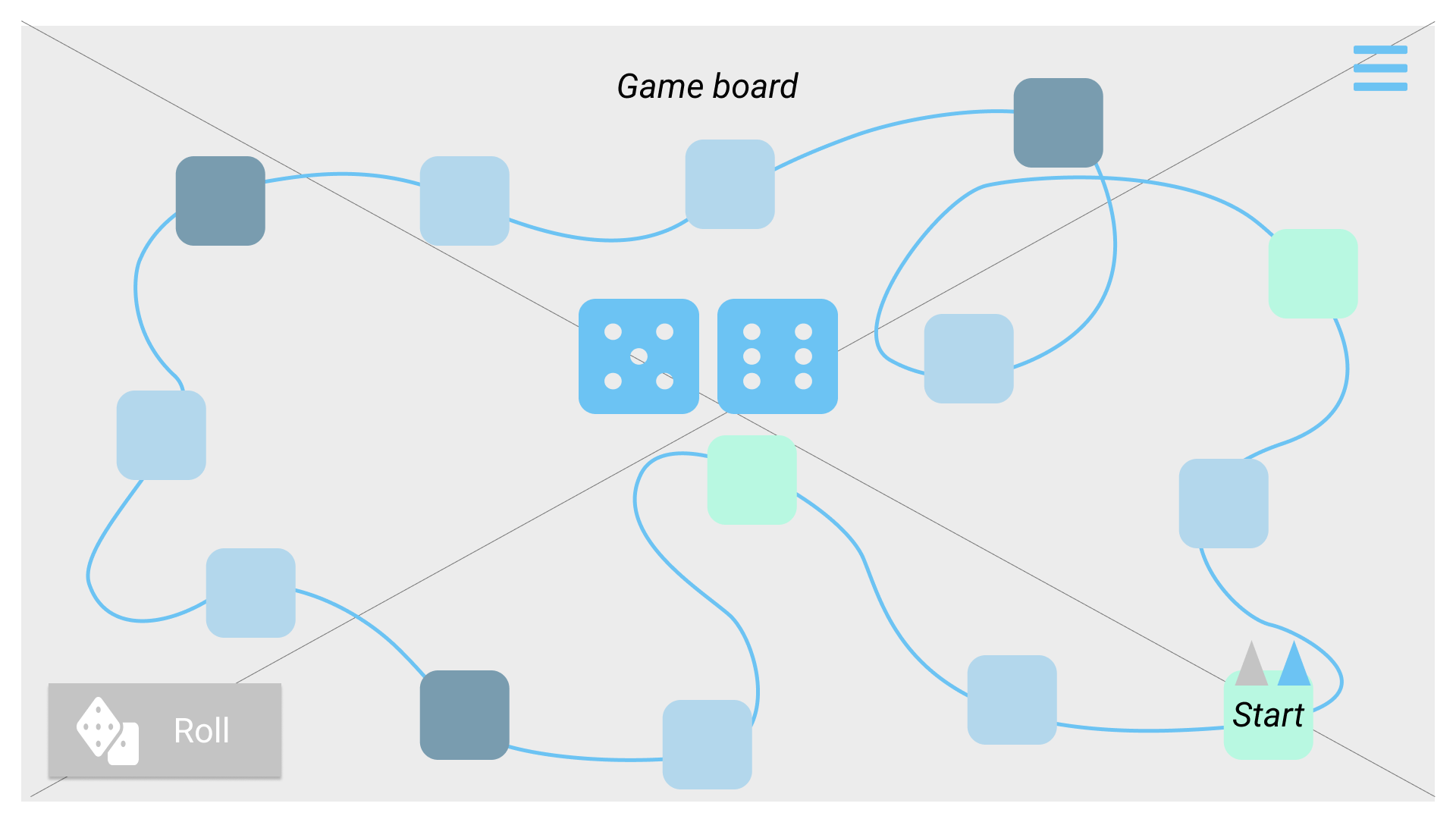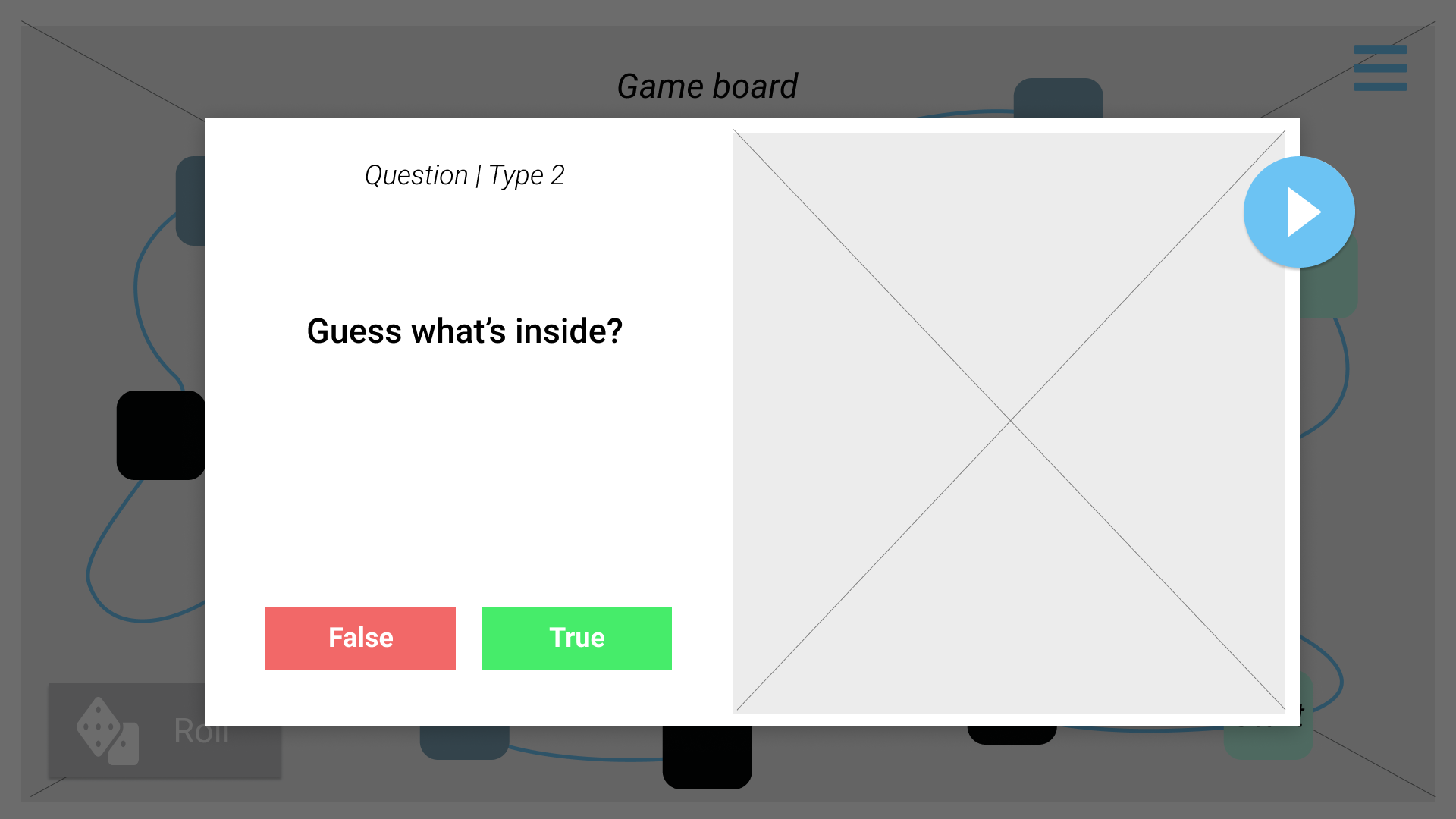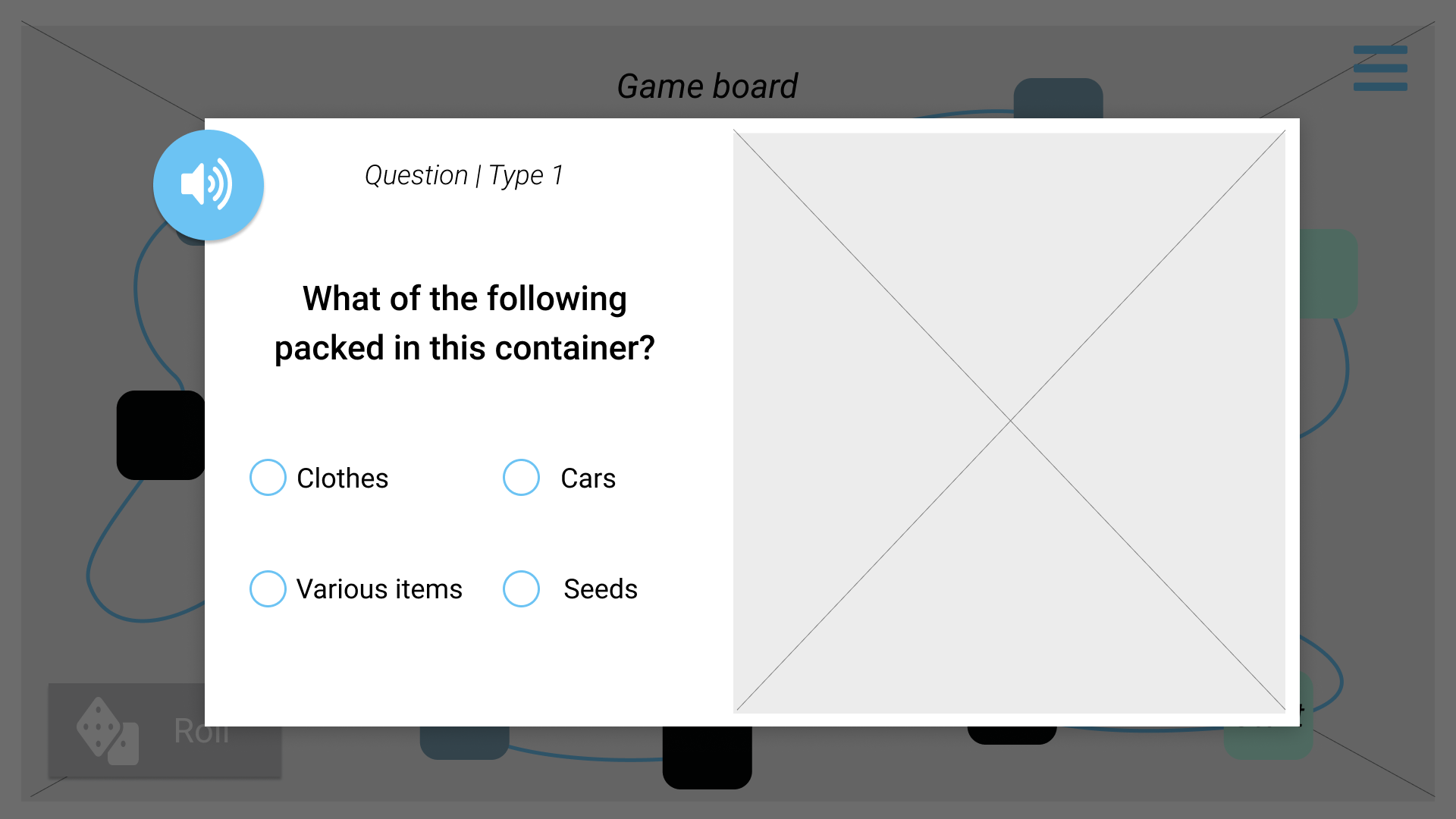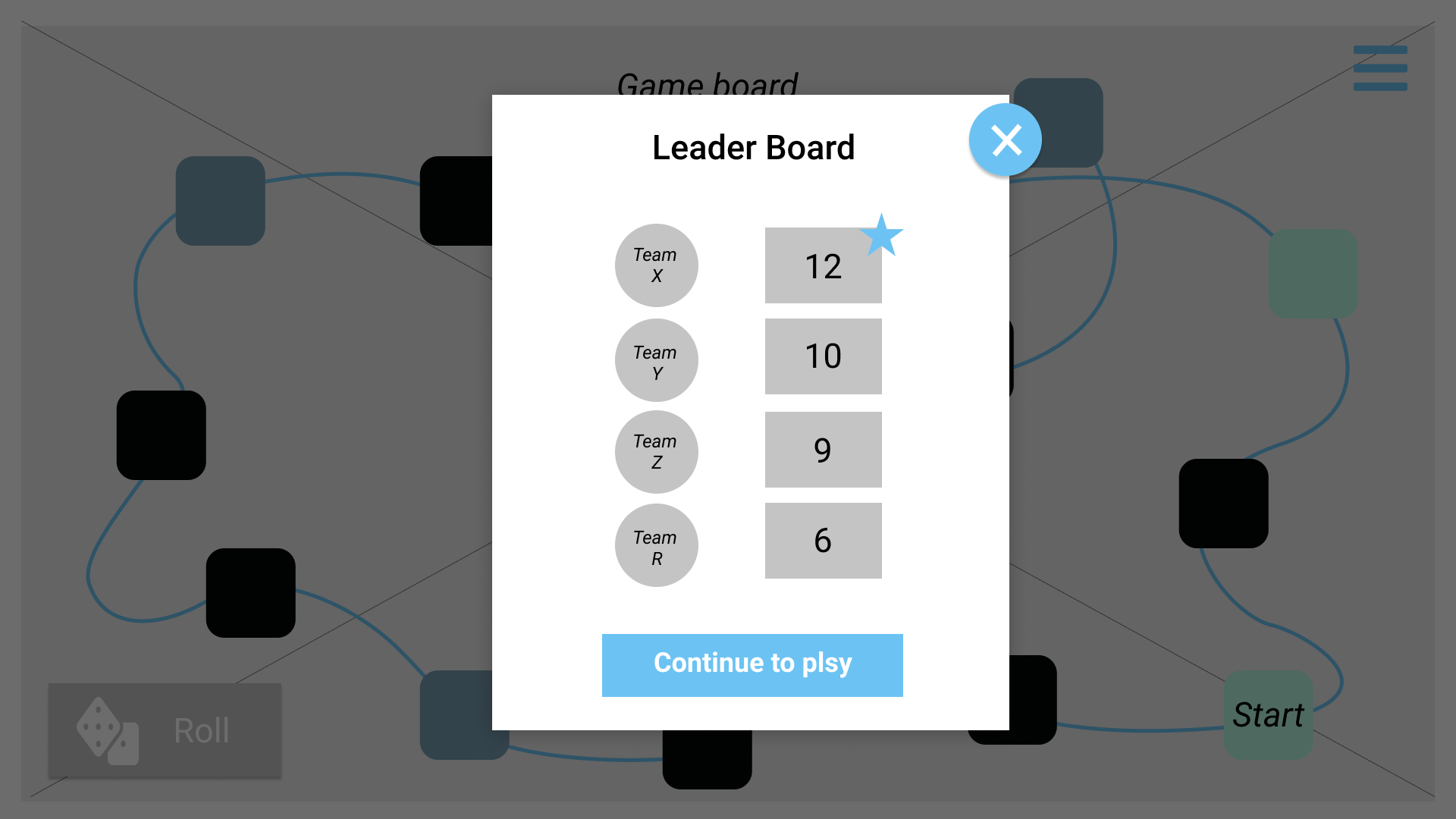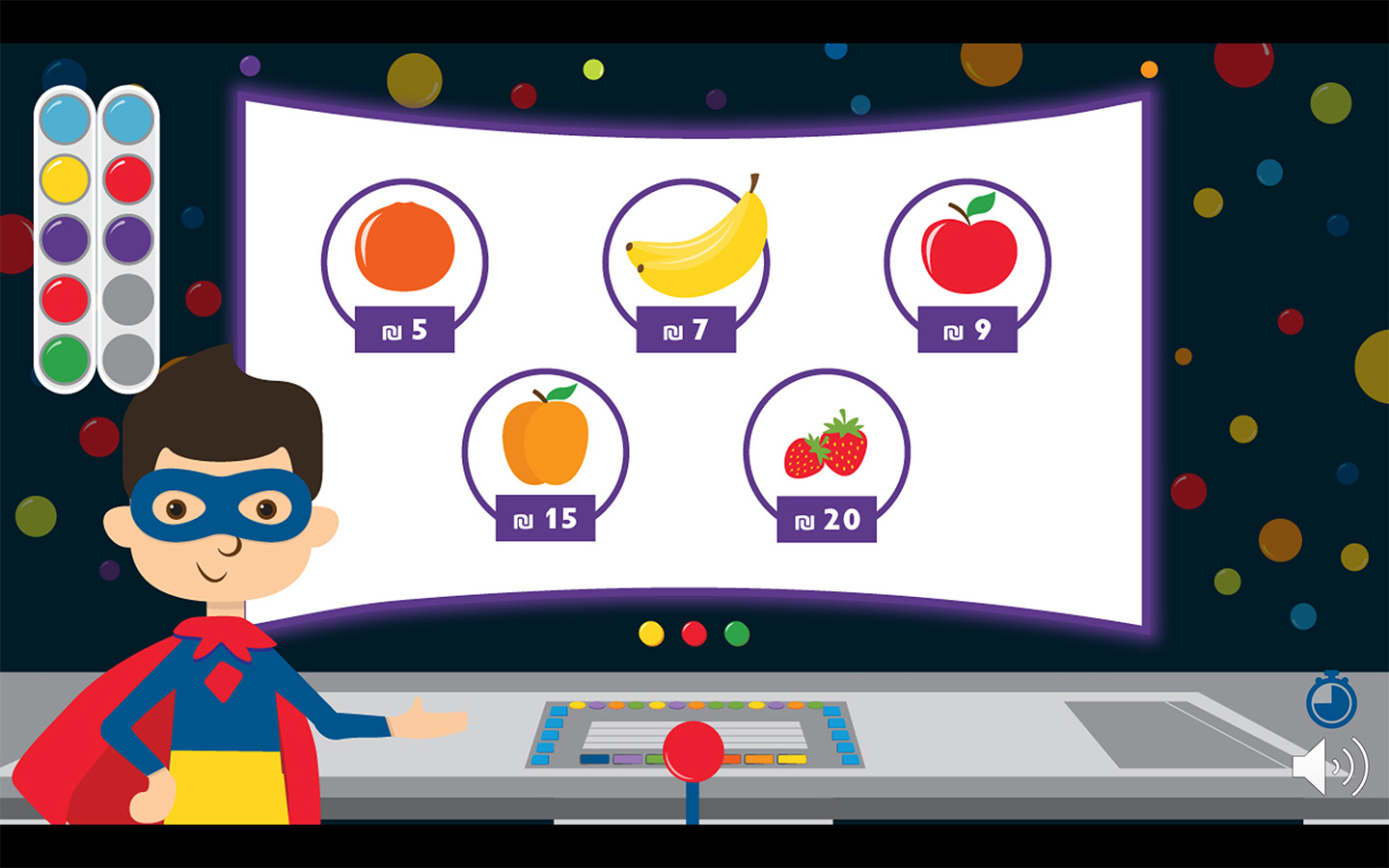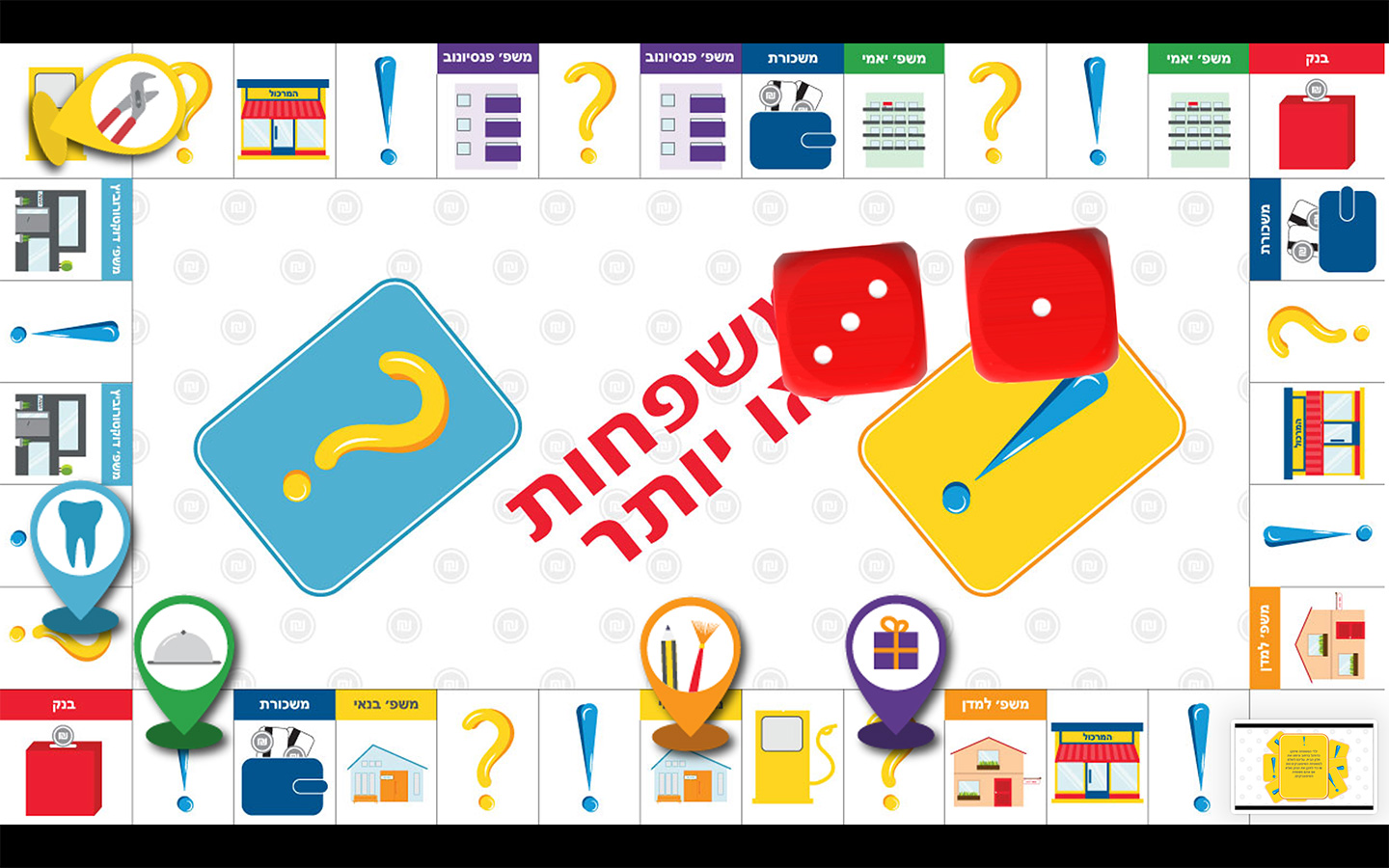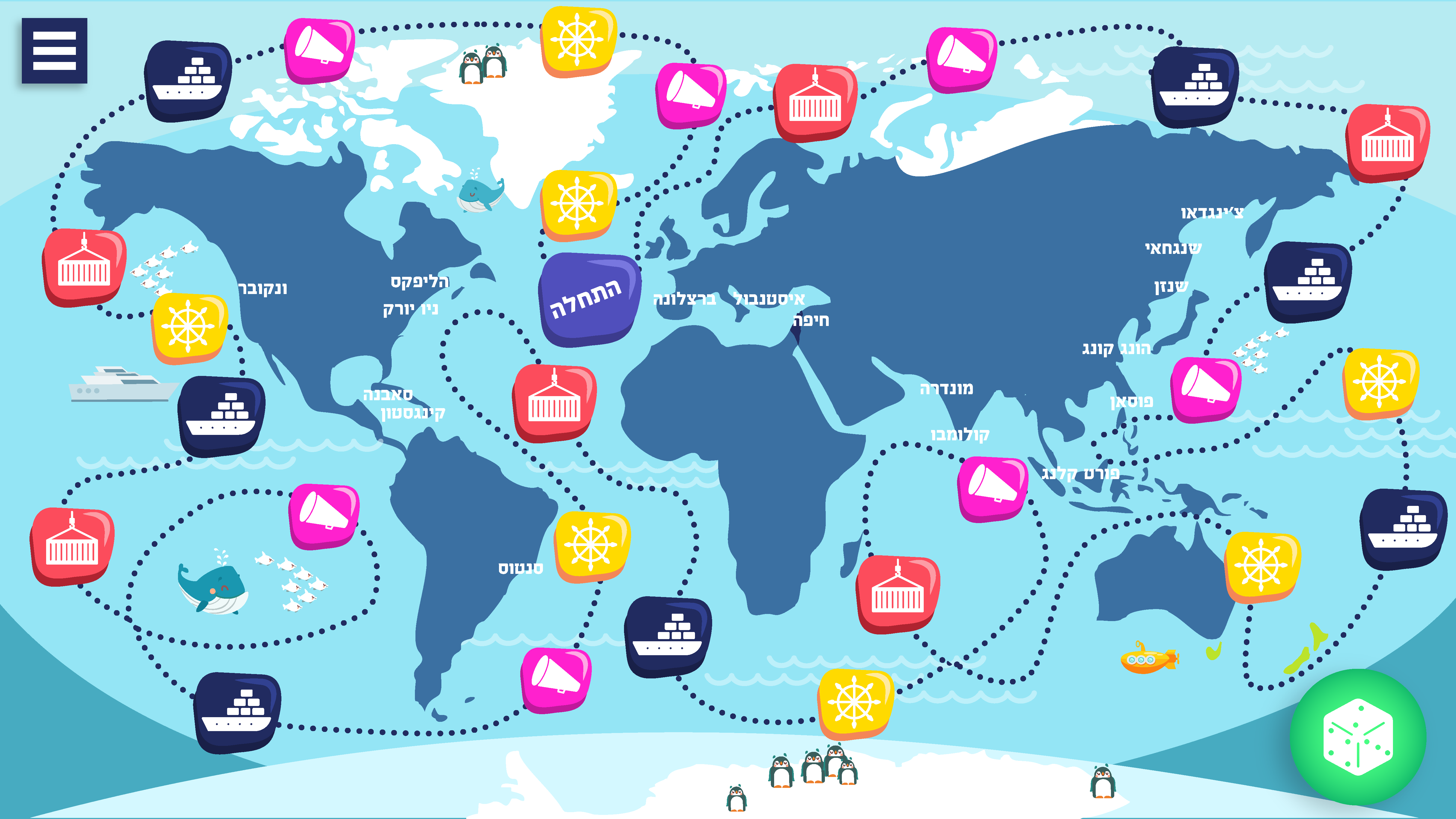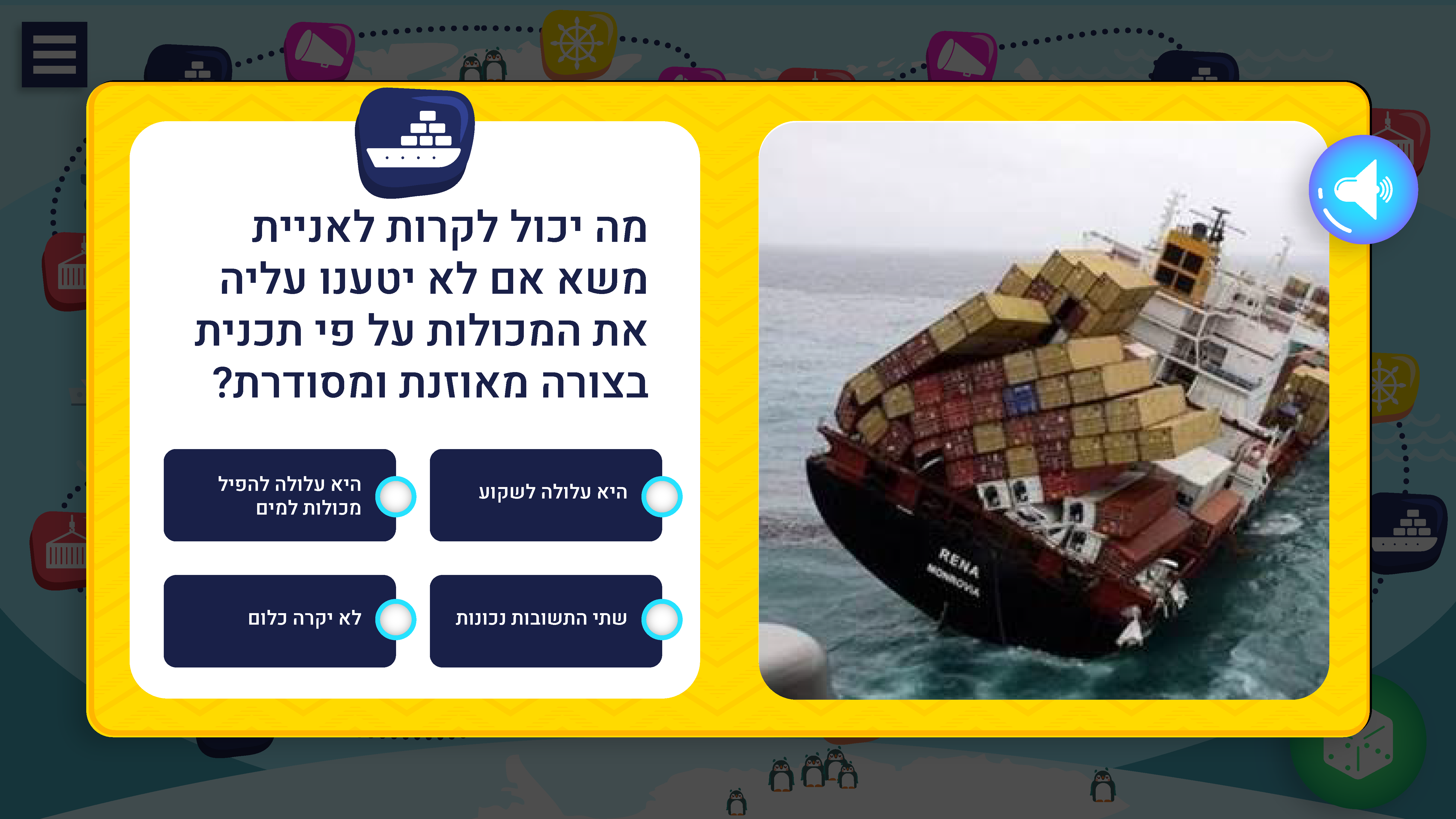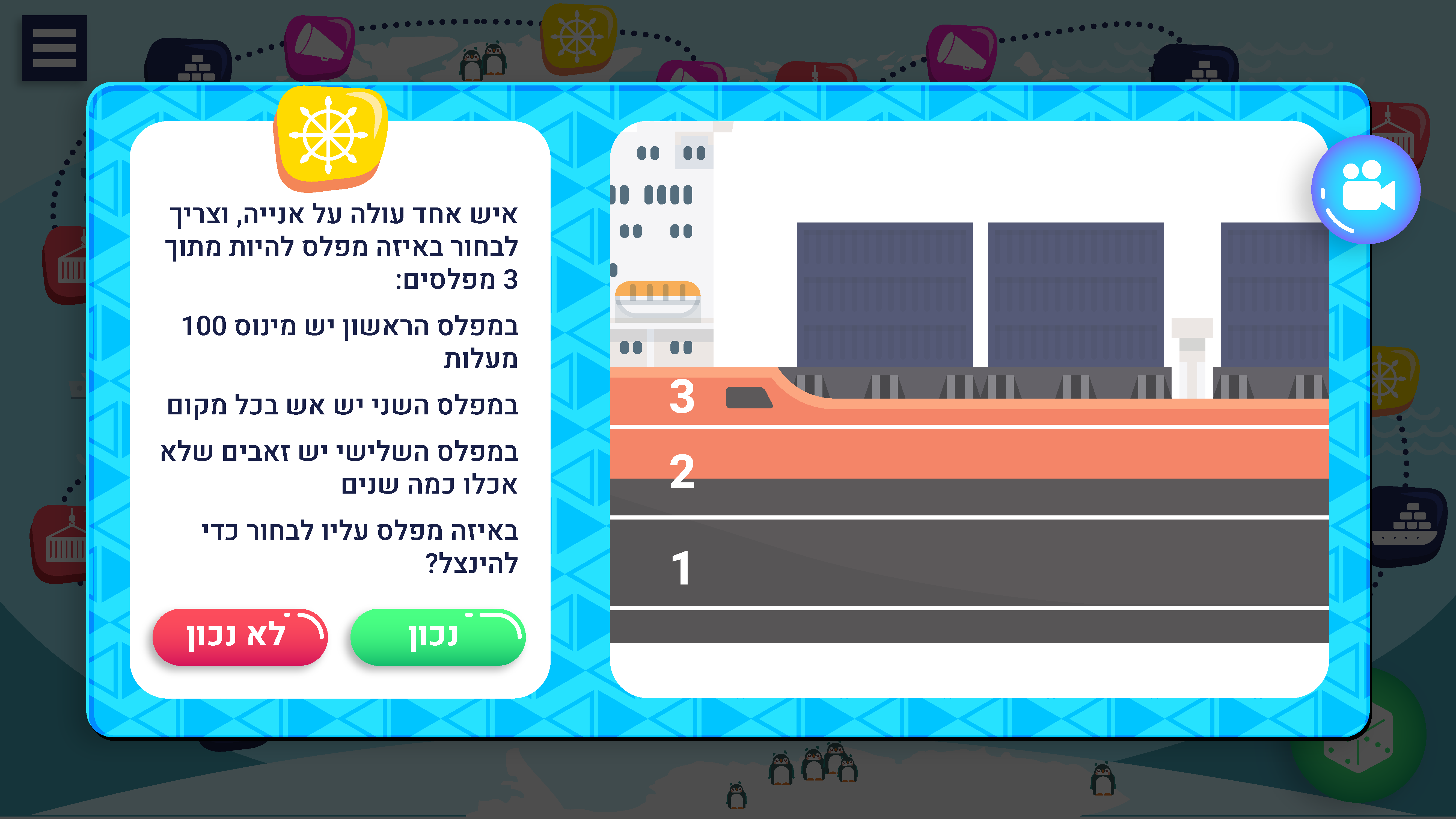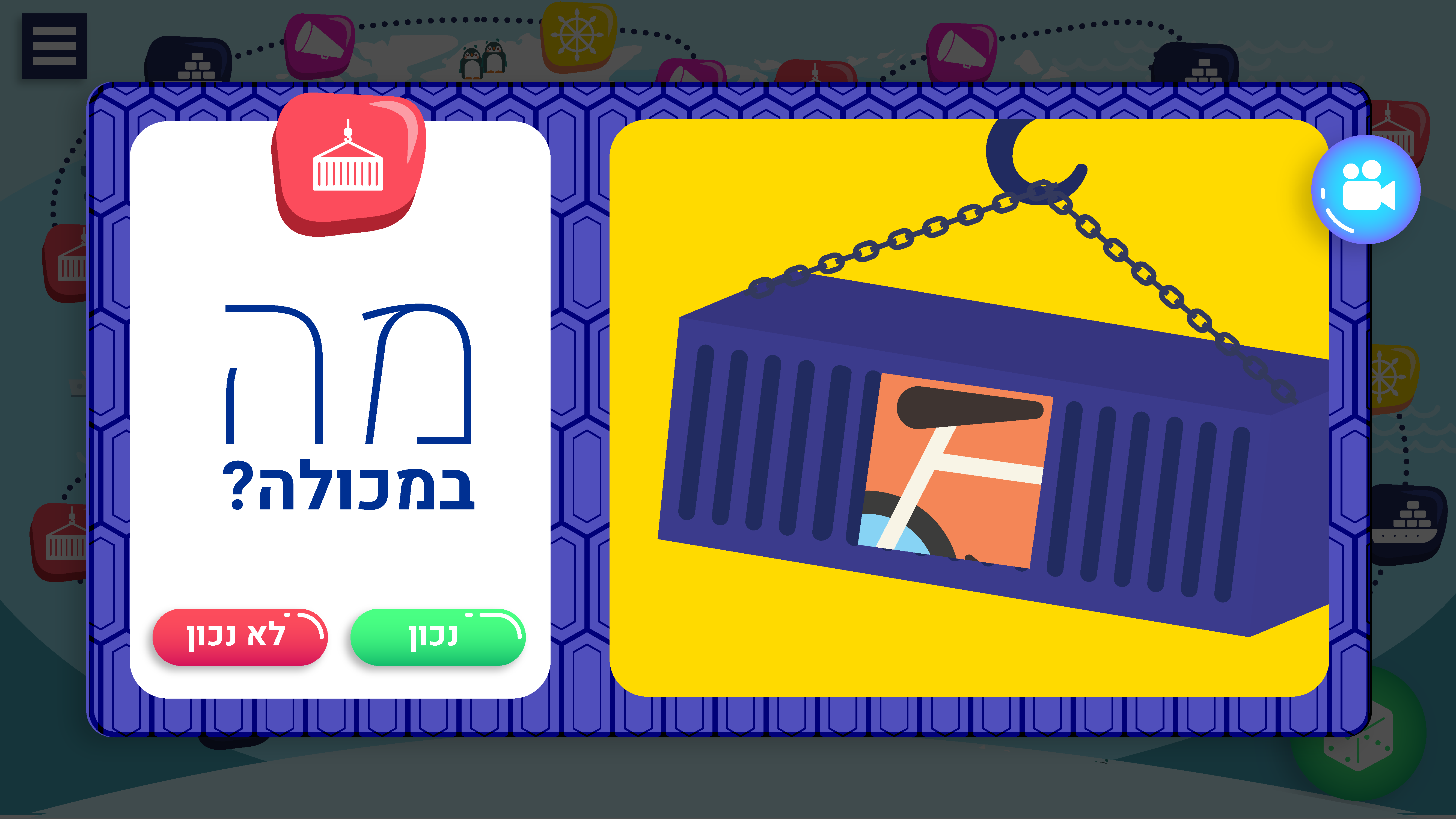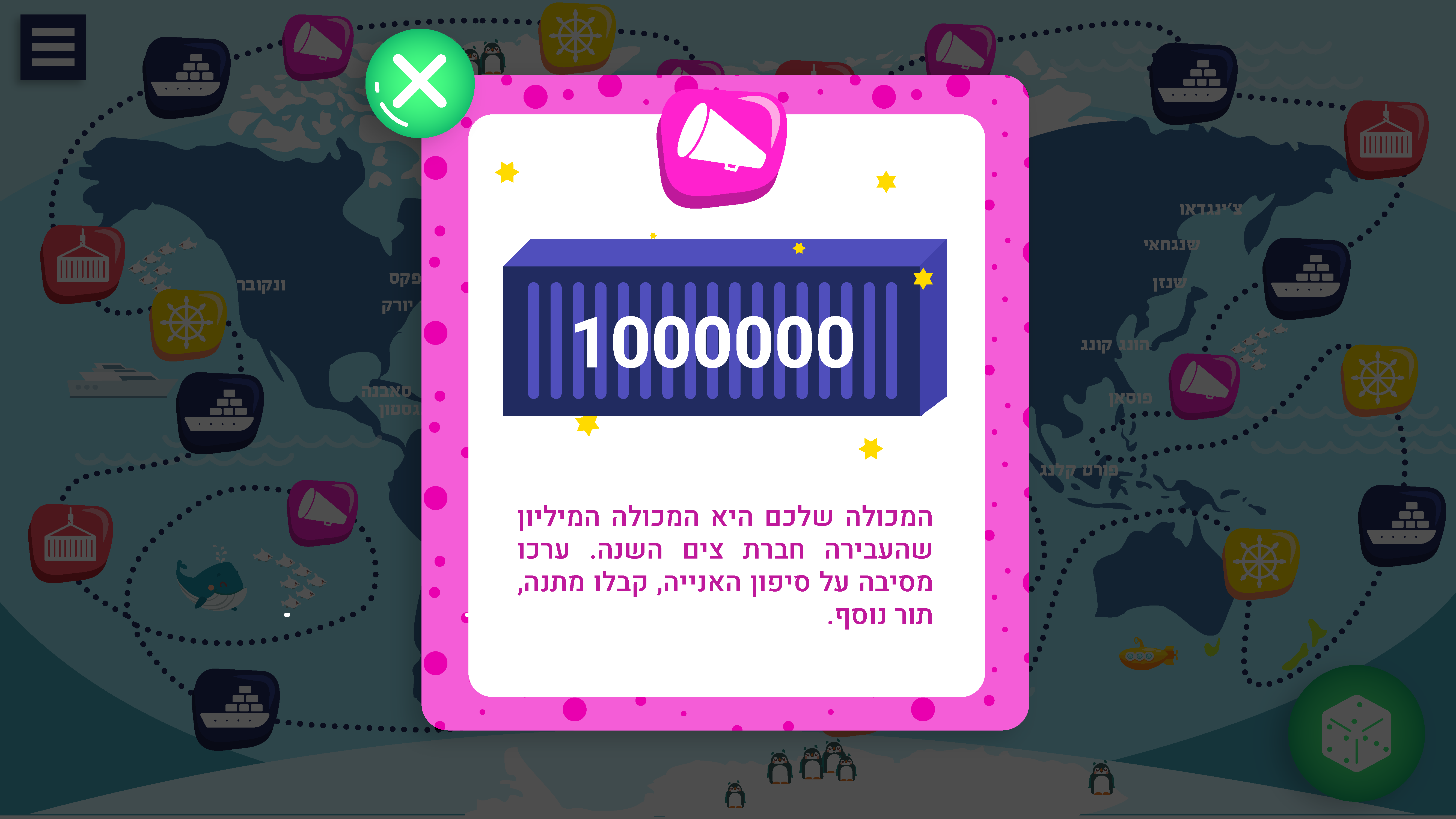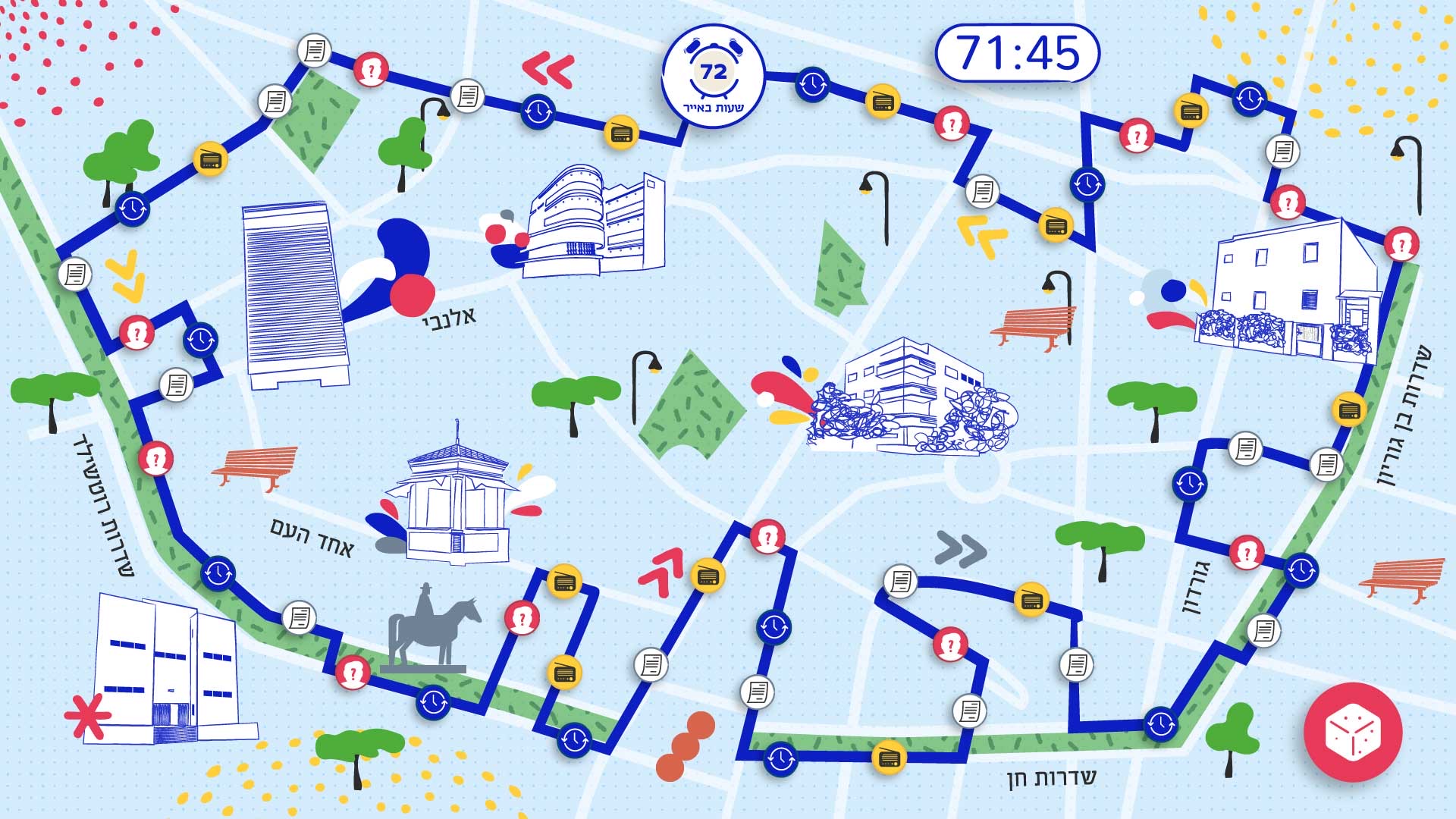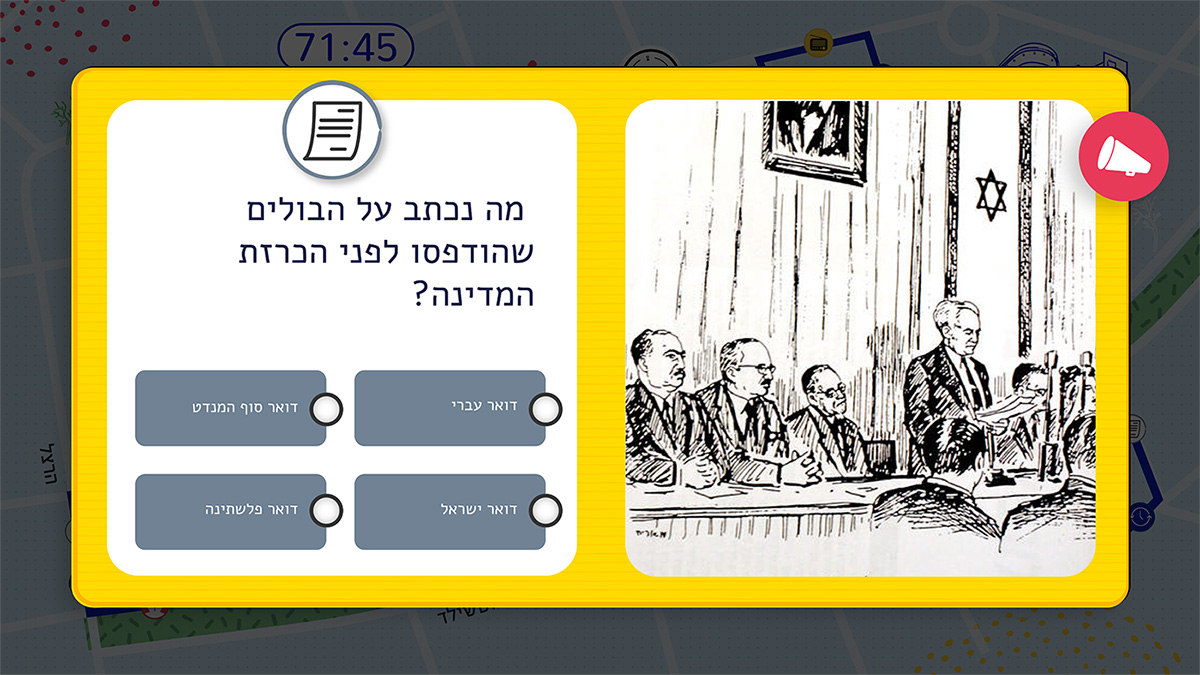Scalable solution for engaging education
Problem
How to bring the thrill of discovery, adrenaline, competition and mystery to the classroom? And if it’s not challenging enough, it should be done at scale!
I had to provide a scalable digital solution that will be utilized in multiple projects with various content spheres and end-users.
Partners
For this project, I’ve partnered with Escape Zones-Unlimited Content Experience. A content provider that develops inspiring escape zones in historical, heritage & landmark sites and brings history to life by creating a unique gamified system to maximize visitors’ experience.
The uniqueness of this project is in its continuous development as part of multiple client projects.
Client
ZIM – international cargo shipping company.
Constraints
- Research constrains.
- The digital product had to support an extensive user base at the Proof of Concept (POC) stage.
- The product had to support multiple content worlds and end user-categories.
- Budget and time constraints.
My Role
What I actually did:
- UX research
- Product concept
- Created interactive low and high fidelity prototypes
- Full UI design
- Illustration
- Entire product process from research through to launch
- Documentation
Problem space discovery or how it all started (aka 1st iteration)
As a designer specializing in EdTech, I was invited to assist with the project’s user experience. The project definition was to create an academic unit for Israeli schools as part of the parent-ambassadors program.
This is an extra curriculum program, similar to professional days in the US when parents come to their kids’ schools to teach the class about their occupations or fields of interest. Typical Israeli classroom counts 35-40 students on various educational levels. Even trained teaches find presenting new material sometimes challenging in these conditions. That’s why most parents are frustrated to participate in the program regarding the great benefit the class and their individual child drives from the activity.
As part of the brand strategy, the ZIM workers came with the idea to create an activity kit available for all the company workers. It would allow them to participate in their local school community and represent ZIM and engage with the brand values.
The client expected to get a well-structured PowerPoint presentation.
I suggested creating a digital product that might be utilized in diverse educational environments.
The solution:
The team decided to create a Monopoly-like interactive game where the student teams will compete to unfold the cargo shipping secrets and learn the basics of logistics. 2 different versions were created for different age groups, while the game mechanics remained similar.
The final product was developed in Unity.
All the assets were customized for the specific client content.
The Method
The team approached the task by leveraging the Design Thinking methodology.
- Empathizing with the users
- Defining the users’ needs
- Ideating by challenging assumptions and creating ideas for innovative solutions
- Prototyping to start creating solutions
- Testing the prototype
Empathizing = Research under constraints
The first stage of the process was gaining an empathic understanding of the problem through user research. This phase has allowed us to set aside our own assumptions about the classroom interactions to gain insight into users and their needs.
In the ideal world, I would combine an online survey with a parents’ sample of about 100 participants. However, in this project, the budget and the timelines dictated different approaches. Therefore, I combined user findings from user interviews with 10 participants with available online data. Besides, a few of the team members, myself included, took part in the parent-ambassador program and shared our first-hand experience and observations during the internal design workshop.
Key findings:
- Although most parents see the parent-ambassadors program as an important educational and connection opportunity, only a little over 30% of parents participate in this program during all the years their kids were at school age.
- On average, 5-10% of the class parents participate in the program during the school year.
- Most parents choose not to participate in the program due to the lack of time, skills and content.
- An additional concern was regarding the potential influence of their child’s social status.
Important factor:
The project aimed to be evenly accessible to all the company workers: from senior managers to cleaners from various backgrounds. We had to take into consideration different levels of education and literacy among the users.
User Personas
ZIM workers are very diverse. I tried to capture the diversity in the user personas, so the team will keep in mind different characteristics while searching and designing the most appropriate and inclusive solution.
Besides, I had to take into consideration the end-user of the experience – elementary school students. I had to make the experience engaging and educational for kids from diverse backgrounds and with different academic abilities in one immersive experience.
Most of the Israeli classrooms are overpopulated with students. It’s usually over 30 students per one teacher. Most days, teachers use the traditional frontal teaching style and spend a tremendous effort to maintain the decline. Kids often find themselves bored during the school day.
I wanted to bring curiosity, fun and peer interaction back to the classroom.
Defining & Ideation
User Journey
By synthesizing and analyzing the research findings, the team saw the opportunity to transition the experience from complex and frustrating to positive and empowering. This way, the company can support its workers and help them be a fulfilled parents and community members. This is major for employees’ loyalty.
The solution:
The team decided to create a Monopoly-like interactive game where the student teams will compete and learn through discovery. Two different versions were created for different age groups, while the game mechanics remained similar.
Prototyping
Low fidelity prototype
I created the low-fidelity prototype to validate game flow and the necessary features. The game would include multiple question types and cards with good or bad surprises.
Although I wanted to simplify the user’s interactions, I wanted to make sure the parent will be able to customize the experience to their needs. I’ve added an optional voice-over for the questions for parents that will not feel comfortable reading out loud.
The leader board was one of the most debatable features. The team was not 100% sure if we should include this emphasis on the competition in the experience. There were multiple arguments on both sides. Overall after testing the flow, the team concluded that there is no harm in healthy competition. It can add some drive and additional motivation to the learning. But as we know the social impact that might be created, we made this feature optional.
- It can be disabled during the setup of the unit.
- If activated, it will pop up at the end of the game or can be opened from the menu, but not always present on the screen.
Testing the game mechanics, the interactions, the features and the content.
The prototype was a downloadable activity kit that included 2 Microsoft PowerPoint-based presentations and a parent guide.
We added animated introductions that reviled the story with epic meaning. The younger kids embarked on the adventure helping superheroes vs older kids learned about diverse types of families, occupations and sustainability.
To allow parents to feel comfortable, we added audio files, so the parent could choose to read the questions and riddles out loud or let kids hear them narrated by a professional sound actor.
The parent’s guide included the answers to all the questions, just in case.
High fidelity prototype
The high fidelity prototype was initially designed in Hebrew, a language written from right to left. Thus the menu and the “dice” might seem to English speakers placed on the wrong sides.
Final Product
The product was developed in Unity.
All the assets were customized for the specific client content.
In the final product, we achieved a real game experience. The numbers on dice were random, so as questions pulled from the wide pool. This way, if the same activity was presented to the same group of students twice, the game was different every time, and different cards would appear.
We learned from the research that some users might prefer to compromise fortuitousness to achieve maximum control on the content. So we made this option available during the game setup.
Results
We tested the results with the brave ZIM workers and 2 groups of students, and the feedback was beyond all expectations. Students wanted to continue the activity and willing to skip the recess. They asked to keep learning in this method. Teachers were impressed with the levels of collaboration that the students demonstrated during the game. Parents expressed high levels of satisfaction. They said that the game flow was intuitive and engaging and had all the necessary features.
Most of the constructive feedback was related to the content fine-tuning and class dynamic. For example, parents recommended dividing students into teams should be done in advance with the class teacher’s help.
Due to the favourable feedback and employee satisfaction, the unit was made available for all its workers worldwide.
Beyond the expected – Wider implementation of the product
The game was designed to be flexible and adaptable for different content and context. One of the most interesting implementations was for the Museum of Ben-Gurion.
It’s not a secret that many museums are struggling to stay relevant in the digital age. Limited budgets of the small museums don’t allow them to create engaging, interactive installations.
We proposed the museum to use the product as an extra layer to the existing exhibit. Thus the students coming to the museum could engage with the historical exhibition.
With the use of unique UI and illustrations, I could adapt the product to the museum experience.
Credits
- Content strategy: Shlomit Barnea
- Project Management: Lital Bronstein
- Content creation and copy-writing: Avi Rosenblum
- Animation: Dovev Alperson
- Development: Creative Labs
- Product Design: Lena Atzaba
Additional videos in Hebrew about the project:
